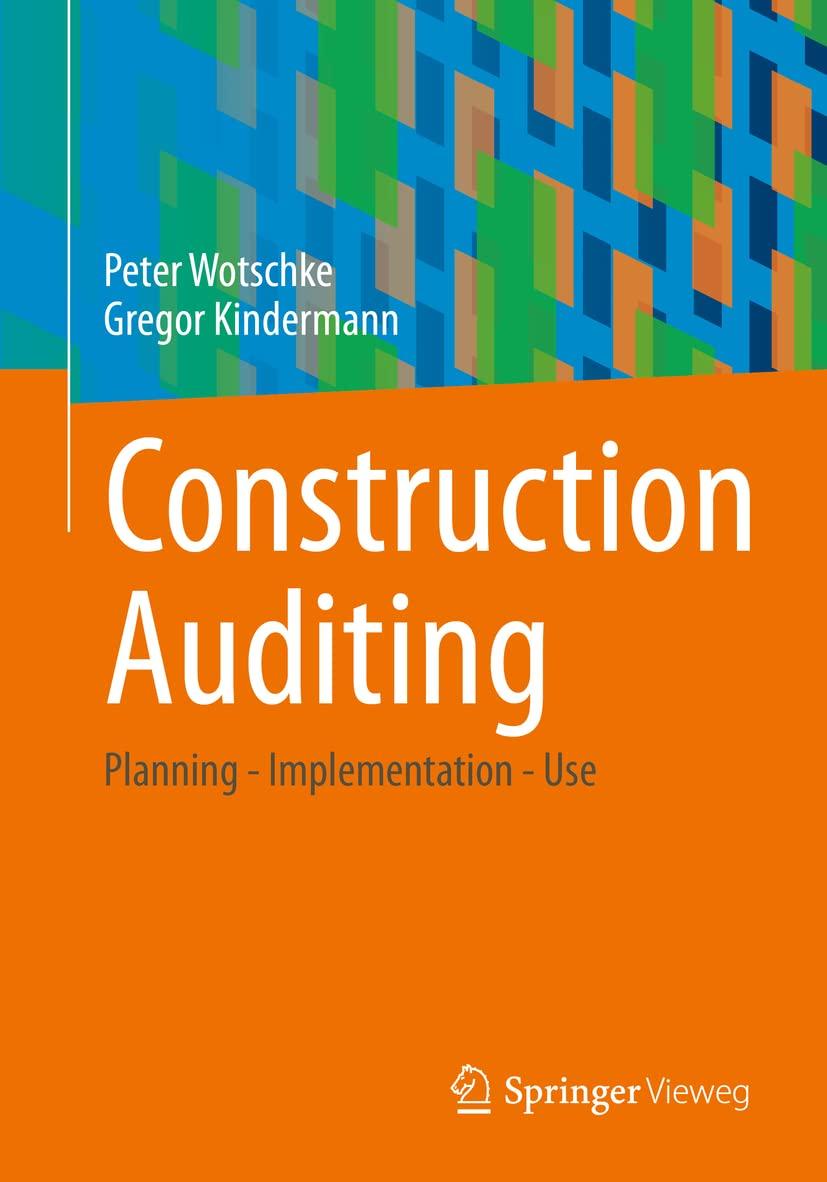It would be great and I would sincerely appreciate if this question can be answered with detailed explanation. Thank you!


Suppose that there is a firm that produces chairs and the firm receives an order for 80 chairs. The firm has two resources available to it. The first is a (human) worker, who must be paid \$18 for each hour they spend producing chairs. The second is a robot, that costs $15 of inputs (including electricity and maintenance) for each hour it works. Chairs produced by either method are identical and of equivalent quality. Assume that the use of these two inputs is completely independent. This means that the number of hours of robot-work does not affect the productivity of the worker, and vice versa. The production of chairs based upon the numbers of hours of each of the inputs used is given below. For example, 2 hours of robot time will produce 10 chairs. 7 hours of worker time will produce 54 chairs. 10. Do any of the inputs in this example exhibit diminishing returns to scale? If so, which and how do you know? If not, how do you know? [2 points] Assume that the sale price of chairs is always sufficiently high that it is profitable to fulfill this 80 -chair order. The firm needs to make 80 chairs to fulfill its order. Assume also that the firm is profit maximizing (\& therefore cost minimizing). 11. What combinations of robot and worker hours must they use to minimize costs? Show your work. [Use the equation that must be true for cost minimization for full credit] [4 points] Now suppose that the local economy increases the minimum wage, and the price of an hour of a worker's time increases from \$18 to $27. 12. What does the principle of substitution say should happen to the firm's use of (i) worker hours and (ii) robot hours? Explain your answer. [2 points] Continue to assume that it will be profitable to produce the 80 chairs and that the firm is profitmaximizing. 13. With this new price for worker hours, what is the new combination of robot and worker hours that will minimize the cost of producing (at least) 80 chairs? Show your work. [Use the equation that must be true for cost minimization for full credit] [4 points] Suppose that there is a firm that produces chairs and the firm receives an order for 80 chairs. The firm has two resources available to it. The first is a (human) worker, who must be paid \$18 for each hour they spend producing chairs. The second is a robot, that costs $15 of inputs (including electricity and maintenance) for each hour it works. Chairs produced by either method are identical and of equivalent quality. Assume that the use of these two inputs is completely independent. This means that the number of hours of robot-work does not affect the productivity of the worker, and vice versa. The production of chairs based upon the numbers of hours of each of the inputs used is given below. For example, 2 hours of robot time will produce 10 chairs. 7 hours of worker time will produce 54 chairs. 10. Do any of the inputs in this example exhibit diminishing returns to scale? If so, which and how do you know? If not, how do you know? [2 points] Assume that the sale price of chairs is always sufficiently high that it is profitable to fulfill this 80 -chair order. The firm needs to make 80 chairs to fulfill its order. Assume also that the firm is profit maximizing (\& therefore cost minimizing). 11. What combinations of robot and worker hours must they use to minimize costs? Show your work. [Use the equation that must be true for cost minimization for full credit] [4 points] Now suppose that the local economy increases the minimum wage, and the price of an hour of a worker's time increases from \$18 to $27. 12. What does the principle of substitution say should happen to the firm's use of (i) worker hours and (ii) robot hours? Explain your answer. [2 points] Continue to assume that it will be profitable to produce the 80 chairs and that the firm is profitmaximizing. 13. With this new price for worker hours, what is the new combination of robot and worker hours that will minimize the cost of producing (at least) 80 chairs? Show your work. [Use the equation that must be true for cost minimization for full credit] [4 points]








